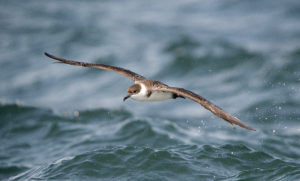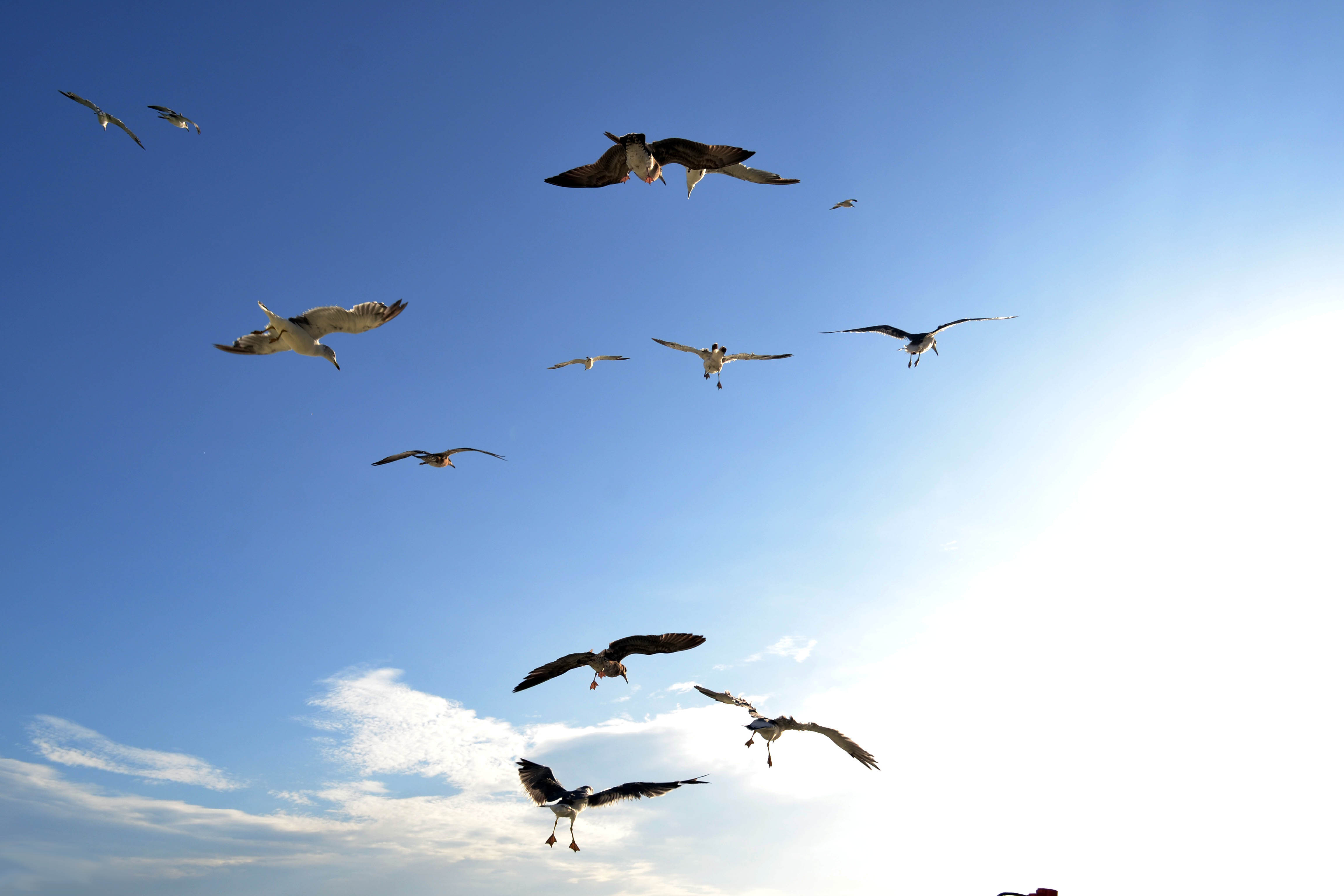Shining light on seabirds in the Falkland Islands

It may surprise you - or it may not - that our expertise lie beyond turtles. In recent years, we’ve set our sights on seabirds and other wildlife, and how they are affected by artificial light from local projects. We are now internationally recognised as experts in the impact of artificial light on wildlife and last year we drafted the National Light Pollution Guidelines for Wildlife for the Australian Commonwealth Government.
There is no one-size-fits-all measure to reduce the potential effects of artificial light from large-scale projects on the surrounding environment and wildlife. Different species are affected in different ways, and sensitivity to different wavelengths of the light spectrum can vary even within the same species, depending on their life history stage or behaviour being undertaken at the time. Therefore, tailored assessments and lighting design plans are necessary to identify and mitigate any potential risk.
A recent project undertaken by Dr Annabel Knipe and Dr Kellie Pendoley, was to complete a risk assessment on the impact of artificial light on seabirds in waters of the Falkland Islands.
The first stage of this project was to assess the sensitivity of birds potentially exposed to artificial light associated with a proposed floating production storage and offloading (FPSO) unit in the area. This included a detailed review of species’ likely presence in the area - taking into account the seasons they may be present, population size and their behaviour. Following this, a risk assessment process was designed to assess the vulnerability of species to artificial lighting.
Species in the area include seabirds such as albatrosses, shearwaters, petrels and prions, which may be attracted to, or disoriented by, artificial light. Potential impacts include disruption to foraging or migratory behaviours, or even collision with structures resulting in injury or death.
By understanding how each species may interact with the FPSO lighting, we were able to provide advice on mitigation measures, both in the design and operation of lighting, to reduce the impact of artificial light on sensitive seabird populations.
This type of project could benefit all proprietors involved in offshore and coastal development in areas where seabirds may be affected. We can provide an in depth impact and risk assessment to identify potentially sensitive species, which in turn can guide best practice lighting design and management.
This includes in-design mitigation measures, operational lighting management plans and adaptive management strategies, along with light audits to ensure compliance with environmental commitments. You can apply this information to ensure impacts from activities are reduced to As Low As Reasonably Practicable (ALARP) to satisfy both stakeholders and regulators.
If you’d like to learn more about how Pendoley Environmental could help you minimise your project’s artificial light impact on local wildlife, you can contact Annabel at annabel.knipe@penv.com.au

